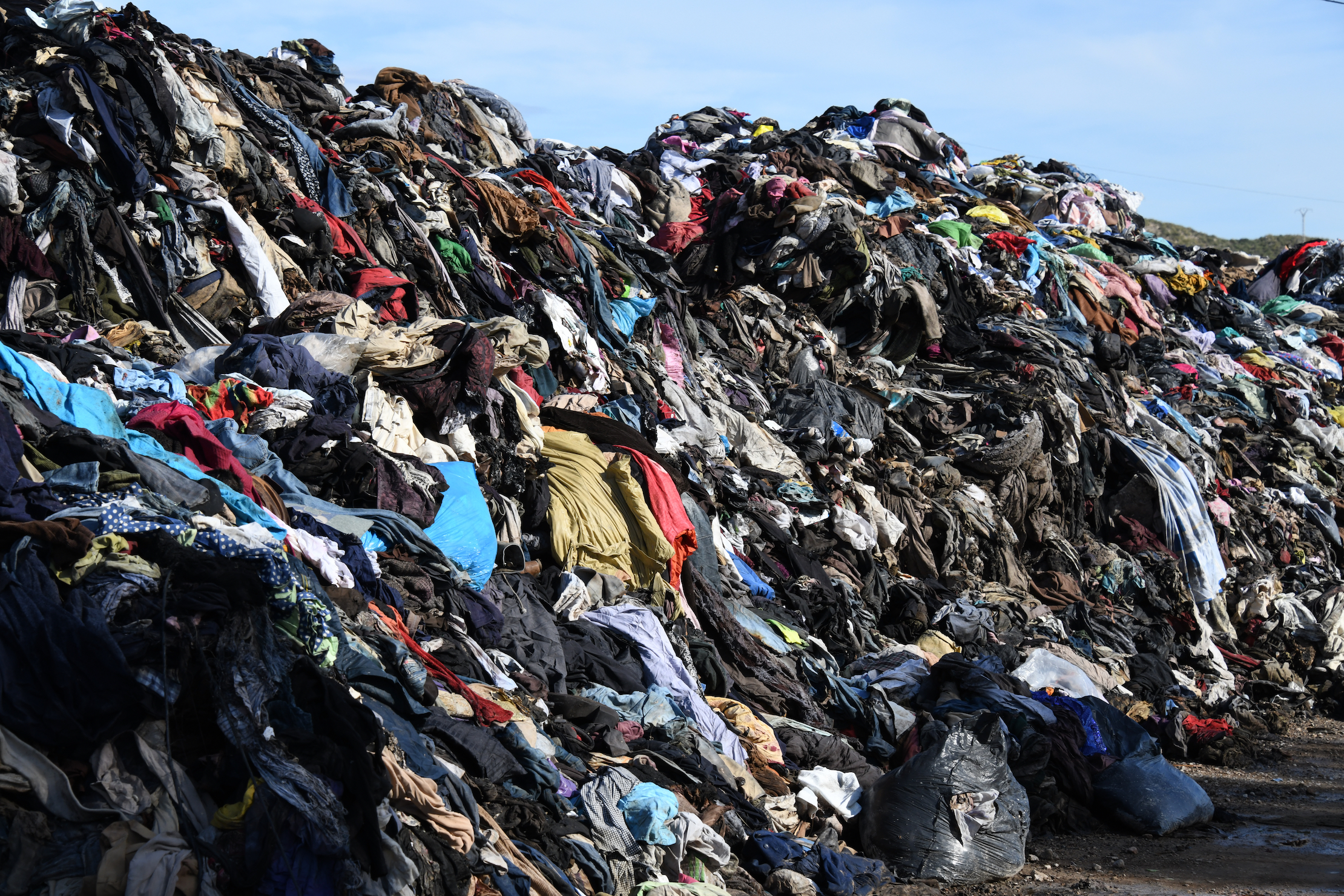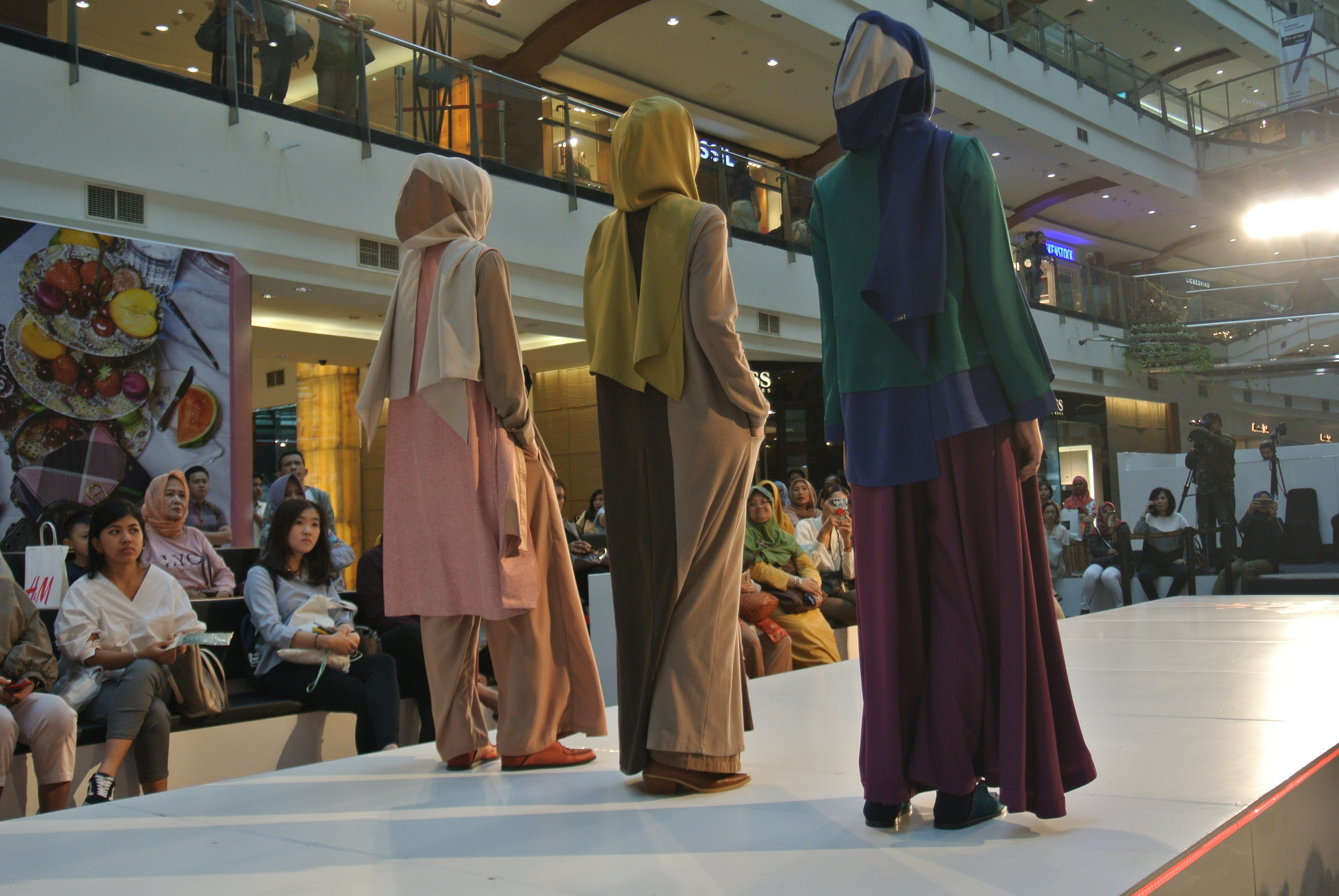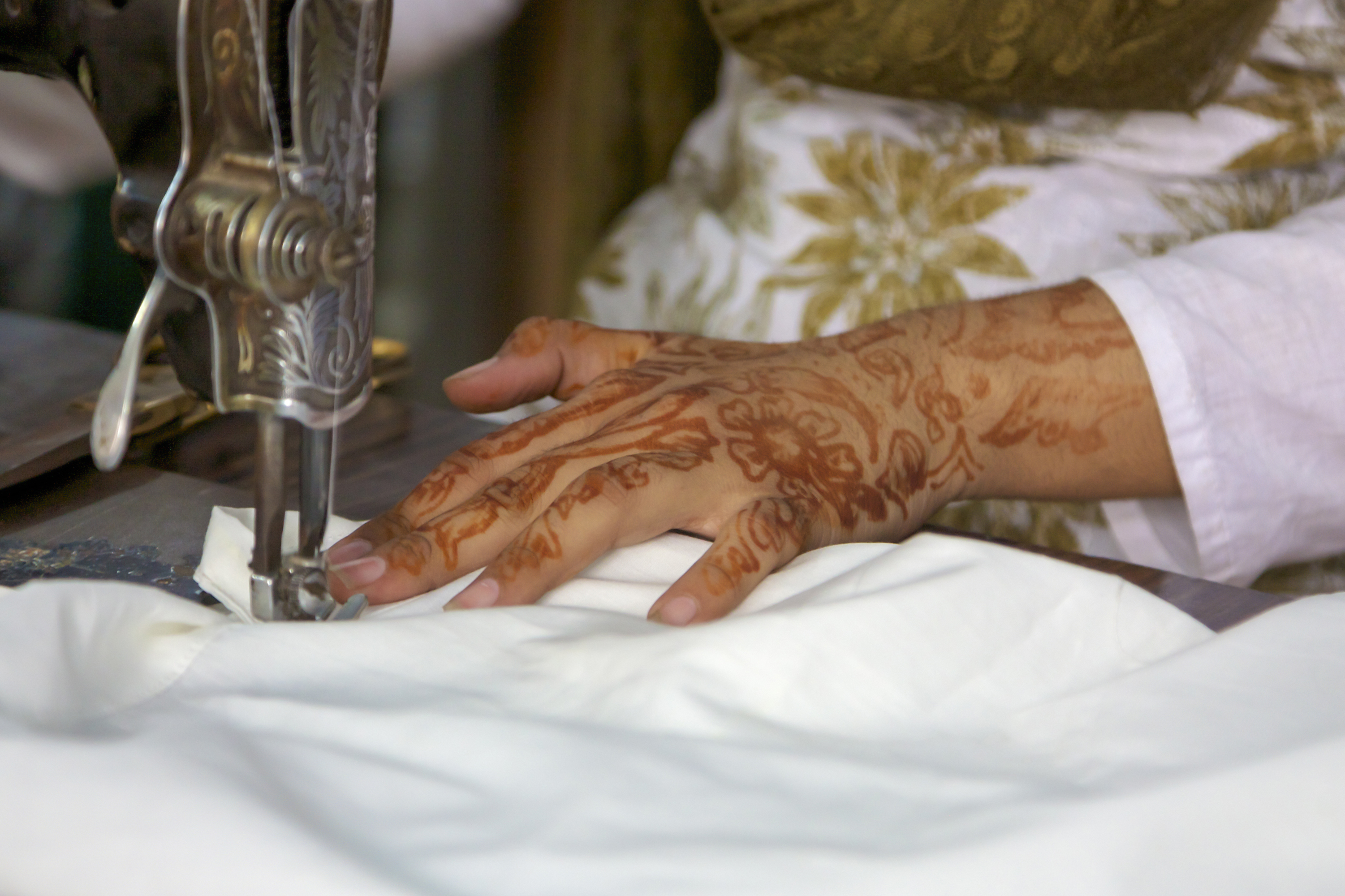For me, the most important issue at the moment is climate change and sustainability: a huge challenge for fashion at the moment. Of 100 billion items of clothing produced each year, 20% will end up unsold and unused, either in landfill or incineration. We know that 20% of water pollution and 10% of carbon emissions are attributable to the fashion industry. The fashion industry therefore has a tremendous responsibility and role in our work for a more sustainable planet, and it asks questions of us all. It’s easy to ask people to buy less to think about ethical fashion, but it’s very hard to understand why people buy clothes – and this is the philosophical challenge. It’s our opportunity to understand the value and role of our clothes in our lives and to be able to change the ways that we behave. Thinking more deeply about our relationship to our clothes might have an impact for our planet.
Thinking about fashion sustainably
Professor of Fashion
- Dress and clothing is at the heart of a number of political issues today, from gender identity to climate change.
- If we challenged our perceptions of fashion and clothing, thinking about it responsibly and expanding our idea of who fashion is for, we might effect a positive change.
- Ironically, technology and the advent of the Industrial Revolution are enormous contributors to the sustainability problem we have today – but technology may also be our solution.
Debates over dress
For me, fashion is a deeply political issue. We only have to look at some of the most pressing debates and arguments of our time to see dress at their centre. The trans debate is asking us questions about the conventions of gender and dress. You could also think about the arguments and the debates that we’re having right now about the presence of Islam in Europe. The veil is such an important and significant marker of that presence and also often taken as a symbol of the friction between Islam and Europe.
I think about street harassment and sexual assault, the ways in which those stories are so often connected to the ways that women apparently dress themselves. Dress places itself at the heart of some of our most political issues.
Sustainability, a challenge for fashion

Photo by Ernest Rose
Bringing about behavioural change
The question is not just what we do about it. It’s very clear to me that we have to challenge the fashion industry and corporations, and consider the environmental impacts of fashion. The question is more how we bring about behavioural change, how we persuade people to think more deeply about the value and the significance of our clothes and the role they play in allowing us to be human beings.
We have to care about our clothes in order to care about the people who make them and the planet from which they come.
Fashion is a vision of the world

Photo by Roirike Mardiana Bewinda
When we think about the fashion industry, we think of high fashion and expensive garments; of European designers; we see, largely, white, thin, able-bodied models walk down our catwalk. We have a very limited and narrow idea of who fashion is for, but the reality is that fashion is for everybody, because everybody dresses.
Fashion has a really important role in other ways of thinking about our world, too, because fashion is a visual medium. It presents us with an image of what we look like. It grants us an opportunity to reshape that vision, to imagine a more diverse kind of human community of different physical abilities, weights and body ideals, races and religions. So, fashion and the fashion industry have a real opportunity to present a new vision of the world – and of the people who inhabit it – and the way that we care for our planet. That’s our great challenge.
Fashion as a verb
Fashion is an industry that’s changing in dramatic ways. We used to have ideas of the genius master tailor and the great artist designer – and they are very alluring – but we’re increasingly thinking about the network around which the production of fashion happens: the global supply chain, the many hands through which a garment has passed before it comes to you.
It is one of the great ironies of new clothes that when we see a dazzling garment on a mannequin in a shop window, one of the things that we prize about it is how pristine and clean that garment is, but it is important to remember that anything that has been made has passed through many hands before it comes to us.
What if we thought about fashion not simply as a static noun, as though it were an object, but rather as a verb: what it means to fashion, to be fashioning and to be part of a world in which people fashion themselves and one another? One of the most exciting things about the fashion industry at the moment is that human beings have never looked more diverse. We complain about the way that young people dress in very similar styles or we complain, rightly, about mass production. Yet, the reality is that fashion allows human beings to express their identities, their heritages and their sense of style in so many different ways.
Technology to make fashion sustainable
Back in the 19th century, the Industrial Revolution had an enormous impact on fashion. We saw technologies of mass production transform how fashion operates and bring about environmental repercussions, which we’re still living out. One of the ironies of our current moment is that technology, particularly digital technology, might be our answer to the question of how to make fashion sustainable.
We’re developing AI and algorithms that will allow us to colour predict your taste. You might think that you know what you want to wear now, but our algorithms will be able to predict the colours that you will choose in five years’ time, and they will produce in specified quantities and ways, on the basis of that algorithm, to reduce waste. Those of us who buy online might find that the technology at the moment is complicated and difficult: it’s hard to get a sense of what that silk shirt will feel like, and when it arrives, it may not feel like the silk you wanted and you may well send it back. That has repercussions for plastic waste and carbon emissions.
Yet, we’re increasingly developing haptic technology that will allow you to have a simulated sense of exactly what that silk will feel like so that you will be able to make more accurate purchases and we will find more efficient ways of producing fashion. This is one of the great ironies and interests of fashion: how to harness digital technology for a more sustainable fashion industry. It might transform the way that we shop.
Caring by caring for clothes

Photo by Watch The World
Once we stop thinking about fashion as the domain of rich people with disposable income or as exclusive, expensive garments, but rather as a language that we all have, about fashion as a verb and fashion as a global system rather than a maker or an object, then we might have a better sense of what human beings do when they dress and how they interact with one another.
For me, the great joy of fashion is that it is a visual, sensory medium that is important and full of memory. Our clothes are freighted with our experience, but it is also a vision of what human beings look like. If we can imagine fashion as a network in which we are all implicated, then we might have a chance of thinking more carefully about how we care for our planet, how we care for the people who make our clothes and how we care for one another. That’s at the heart of fashion – how we care for one another.
Discover more about
Fashion and its impact
Bari, S. (2019). Dressed: The Secret Life of Clothes. Jonathan Cape.
Black, S. (2012). The Sustainable Fashion Handbook. Thames and Hudson.
Thomas, D. (2020). Fashionopolis: The Price of Fast Fashion and the Future of Clothes. Apollo